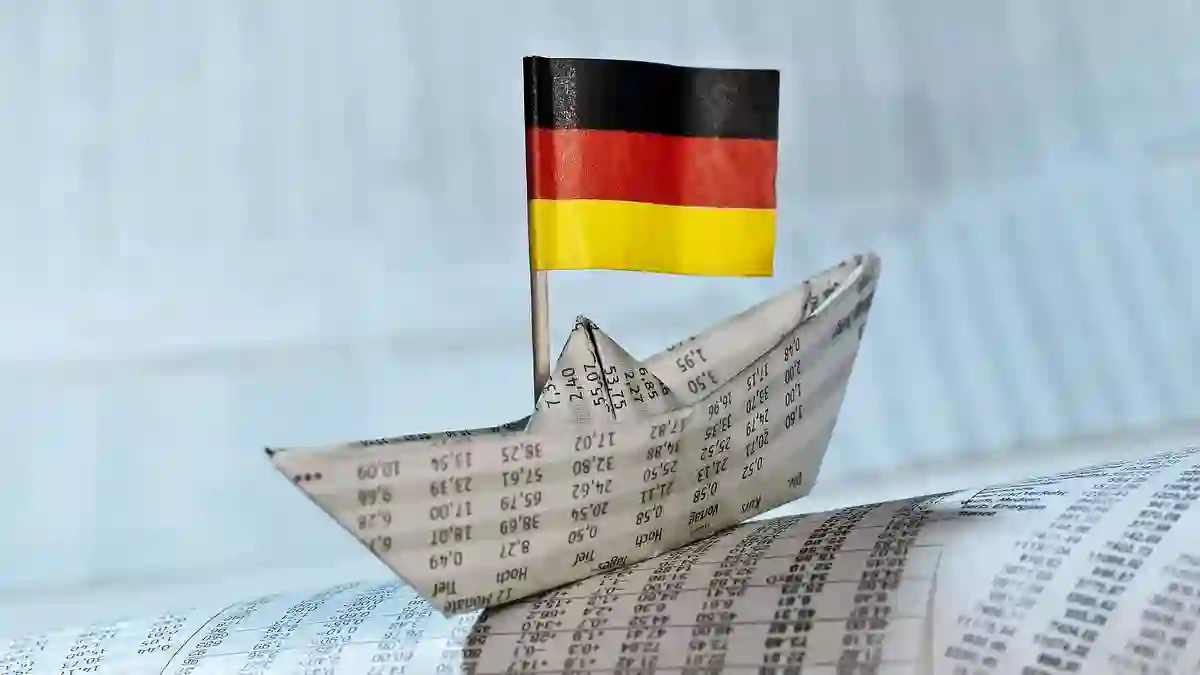Hopes of a turnaround for Europe’s largest economy have been dashed once again.
Freshly revised figures show that Germany shrank by 0.3% between April and June this year—pulling the country back into what analysts call “recessionary territory.”
Earlier Figures Now Look Too Optimistic
Initial estimates suggested a smaller decline of just 0.1%, but weaker-than-expected results in manufacturing, construction, and consumer spending revealed a harsher picture.
The concern now is whether Germany might be heading for a third consecutive disappointing year, after its economy already contracted in both 2023 and 2024.
Pressure from Across the Atlantic
Adding to Germany’s struggles are the tariffs introduced by the United States.
While German exports to the US initially surged earlier in the year as businesses rushed to beat the new trade restrictions, that temporary boost has since collapsed.
The first quarter had offered some hope, with GDP up 0.3%, but experts say the bounce has been completely erased.
Recovery Unlikely Before 2026
Carsten Brzeski, chief economist at ING Bank, has warned that Germany is “increasingly unlikely” to stage a real recovery before 2026.
For a country that relies heavily on global trade, particularly with the US, the reversal of fortunes has been swift and painful.
A Trading Relationship Under Strain
The United States remains Germany’s biggest trading partner, with imports and exports last year reaching a total value of £219 billion.
But with tariffs disrupting that relationship and domestic demand staying weak, Germany’s path back to steady growth looks more uncertain than ever.



